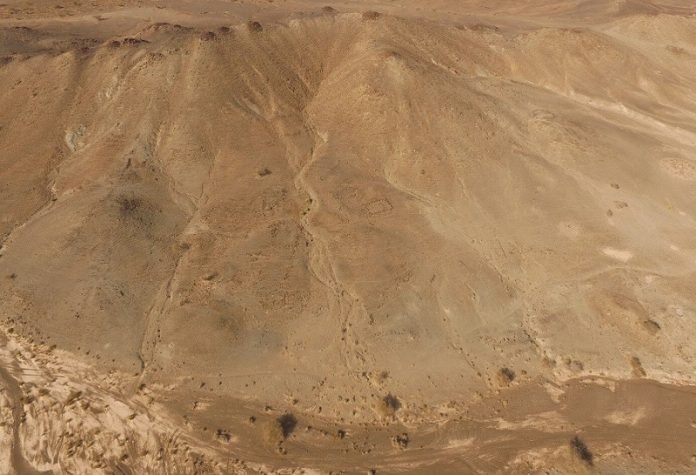
Two young archaeologists from Frankfurt, Irini Biezeveld and Jonas Kluge, recently made an amazing discovery in the city of Ibra in Oman, a country located on the eastern part of the Arabian Peninsula.
They were in Oman for six weeks as part of a research project and were supervised by the local Ministry of Heritage and Tourism.
Their main job was to explore and record the buildings they could see in several ancient settlements, and to dig small test holes in the ground.
They hoped to determine the age of these settlements by finding and analyzing old charcoal bits.
But as they dug, they came across something unexpected – a corroded lump of greenish copper weighing 1.7 kilograms, made up of three round cone-shaped pieces.
Their academic supervisor, Dr. Stephanie Döpper, explained how extraordinary this find is.
It appears that the people who once lived there might have left it behind accidentally when they left their homes, although no one knows why they moved away.
Biezeveld and Kluge determined that these settlements were from the Early Bronze Age, which is approximately 2600-2000 BC.
Back in those days, the land that is now Oman was a key source of copper for two major ancient civilizations – Mesopotamia (in modern-day Iraq) and the Indus culture (in the regions now known as Pakistan and India).
They had large amounts of copper ore, which they melted and shaped into ingots or bars, a very rare find because these ingots were usually turned into tools and other items.
The copper ingots they found were made in a distinctive way – they were poured into small clay containers while still molten to give them their unique shape.
This tells us a lot about how Oman contributed to trade during the Early Bronze Age, and what kind of metal processing technologies were available back then.
Melting copper to make these ingots needs a lot of fuel, which was a big challenge in a dry, barren region like Oman.
The researchers are now focusing on how the ancient Omanis managed their limited resources and if they were able to use them sustainably.
The researchers also found pieces of ‘black-slipped jars’, large storage containers made by the Indus culture.
This suggests that this small village in Oman had strong trade connections with the Indian subcontinent.
Even a small, seemingly rural settlement in Central Oman seems to have been a part of a large-scale system of international trade and goods exchange.
This adds a fascinating new chapter to our understanding of the ancient world!




